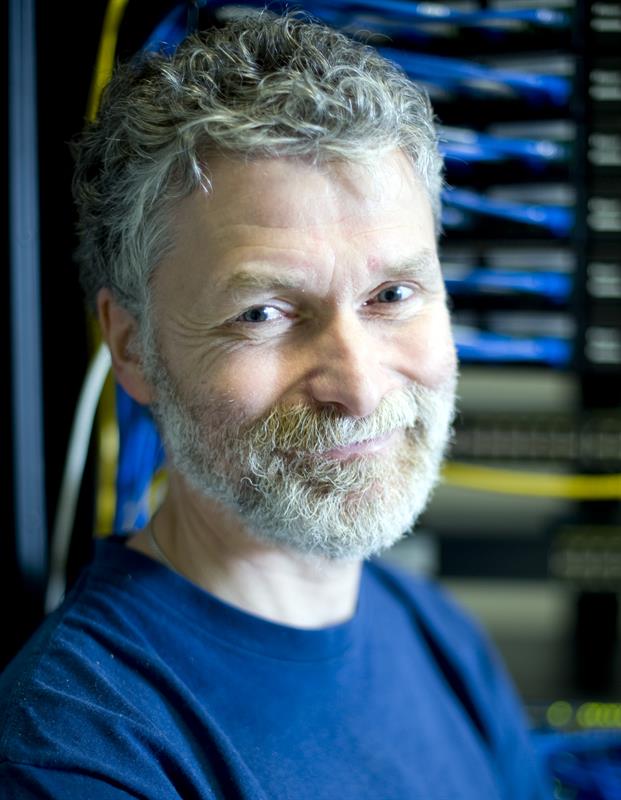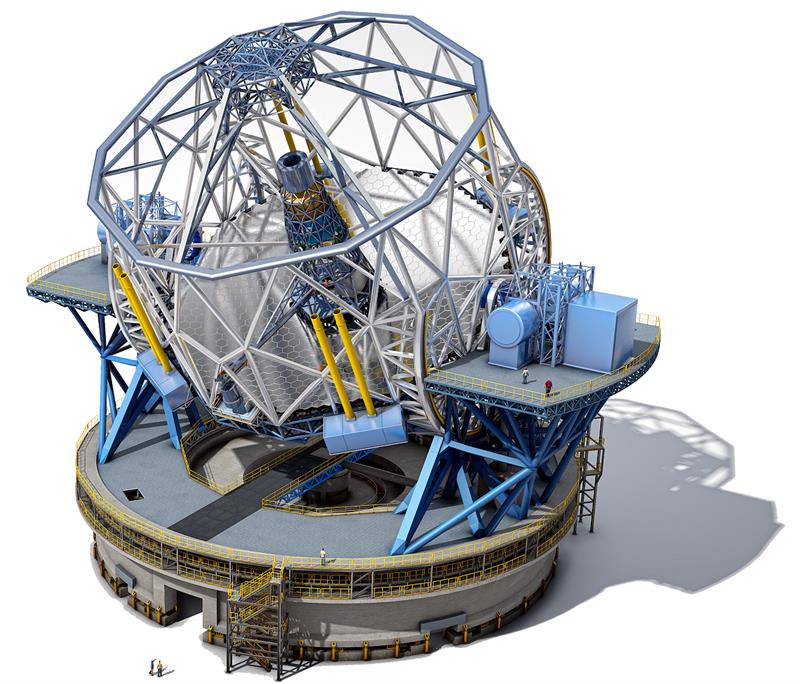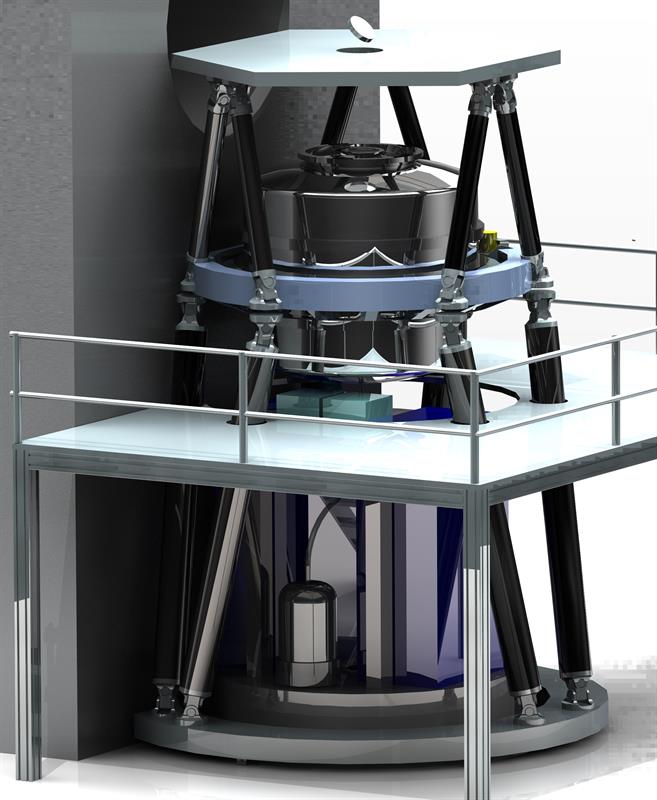These include the European Extremely Large Telescope (E-ELT), The US Giant Magellan Telescope, the NASA’s James Webb telescope, the 500m Aperture Spherical Radio Telescope (FAST) in China and the internationally-led Large Synoptic Survey Telescope and Square Kilometre Array (SKA) project.
The astronomers building the telescopes share a common goal: to resolve some of the key issues and debates concerning dark energy, dark matter and black holes. They also hope to research the universe’s first galaxies, detect water and organic molecules in protoplanetary disks, improve our understanding of the formation of stars and planets, as well as map Near-Earth asteroids and the Milky Way.
“We are hoping to track Earth-like planets to uncover whether they host extra-terrestrial life or whether they might be inhabitable,” enthused Christian Lucuix, head of electronic engineering at the European Southern Observatory (ESO), which is leading the E-ELT project. Some effects astronomers are observing in the sky do not tally with the predictions made by the cosmological model, which is why they want to investigate further.
Different types of telescopes, however, are being built to attain these objectives. The FAST and SKA are radio telescopes, capturing incoming radiation in the radio bandwidth, with wavelengths from meters to a millimetre. The other ‘optical’ telescopes operate in the visible, near and mid-infrared.
“An object’s radio wave depends on its temperature; the telescope detects the heat. Cold objects, such as planets, emit most strongly in the infrared, which is useful for planet seeking and studying dark matter,” Lucuix added.
“You can observe the same object in visible, infra-red and radio spectra, but see completely different properties linked to how the matter reacts.”
Radio and optical telescopes use very different technologies.

Andreas Wicenec, Professor of data intensive research at the International Centre for Radio Astronomy Research (ICRAR) in Australia, uses the FAST project as an example.
“Like all radio telescopes, the main element of FAST is the 500m diameter dish itself (pictured left),” he explained.
The cable mesh of the FAST’s dish is composed of more than 7000 strands of steel cables to form a complete active reflector system. The 4600 reflecting panels come with 2400 nodes; each node connected with a down-tied driving cable and an actuator device, which is then connected with the ground anchor.
“The second big component is the receiver, which is installed in a receiver cabin that is hanging above the dish on adjustable steel cables. Currently, FAST is operating a single beam receiver, which is to be replaced by a multi-beam receiver.”
The multi-beam receiver is being constructed by the Commonwealth Scientific and Industrial Research Organisation (CSIRO) in Australia.
According to the CSIRO, a single-beam telescope sees only one spot – one pixel – on the sky at any one time, and pictures must be built up by repeated scanning.
A multibeam receiver, however, lets the telescope see several pixels at once, allowing the sky to be scanned in less than a tenth of the usual time.
The receiver will be composed of feeds and low-noise receivers; a refrigeration machine for the head amplifier and receivers functioning at bands of more than 560MHz; a wide-band optical fibre to transform IF data; digital data-processing terminals; and a real-time receiver monitor and diagnosis system.
To read the 3D spatial positions of the feed cabin, four API laser trackers are used to measure targets on a Stewart platform – a parallel robot that has six prismatic actuators.
The engineers are also planning on building nine close-range instruments with accurate rotating platforms and digital cameras to scan 1000 control nodes in the illuminated portion of the reflector during observations.

Electronic receivers don’t detect images directly but use a variety of approaches to reconstruct them. “The receiver measures voltages in a very high cadence and those voltages are then digitised,” Prof Wicenec continued. “The voltage data is transmitted to an on-site computing facility. Within this facility there will also be an installation of the NGAS system which we have developed.”
The Next Generation Archive System – or NGAS – is software designed to manage the huge amounts of data the telescope generates. The ICRAR claims it will help to collect, transport and store 3Pbyte worth of data a year.
“Once installed on-site, NGAS will take over the data management and data transmission to the Guiyang Normal University,” Prof Wicenec added.
“There is a dedicated computing facility in that university and we have installed and tested the NGAS system there already. NGAS also facilitates the transfer of a part of the data to other places, like Beijing or other partner institutions.”
According to Wicenec, it will take a few years to reach the full FAST data rate, but the ICRAR are already managing similar data volumes coming from the Murchison Wide Field Array in Australia. FAST has the status of pathfinder facility for the SKA project, currently being installed in Australia and parts of Africa.
On the other hand, optical telescopes are built with mirrors, extremely precise reflectors, and use direct image detectors, such as charge coupled devices.
The E-ELT telescope, currently under construction, has a 39m main mirror which, according to the ESO, will make it the world’s largest optical/near-infrared telescope.
“A 39m mirror will be able to gather much more light,” commented Lucuix. “But it is currently impossible to build a monolithic mirror of that size, so instead we are using 798 mirrors of 1.4m each, arranged to recreate the equivalent light surface.
“We have to keep the mirror parts aligned to the nanometre level. This is a challenge because of vibrations, gravity and variations in
temperature.”

The E-ELT will be the world's biggest eye on the sky when it becomes operational early in the next decade
The ELT is to be built in the Chilean Coast Mountain Range next to its sister, the VLT – Very Large Telescope. There, it is less likely to be affected by light pollution from cities, as optical telescopes are sensitive to stray radiation. The telescope will also be equipped with a dome to protect it from the sun, as well as from dust, wind and humidity.
Radio telescopes are less likely to be affected by weather and much more by man-made radio emissions and thermal radiation from the ground and atmosphere.
“All of the stages that you have between the telescope and the detector are there to remove the parasitic elements so that what you measure is related to what is in the sky,” Lucuix explained.
As the telescopes – and mirrors – grow larger, astronomers face the problem of reduced image quality as gravity pulls the mirrors out of shape.
To solve this issue, astronomers employ active optics, where a thin and deformable primary mirror can be controlled by an active support system that can apply the necessary force to correct for gravitationally-induced deformations as the telescope changes its orientation.

In the case of the ELT, each of the 798 mirror segments of the M1 has three position actuators and six edge sensors.
“The edge – or differential – sensors measure the differential distance between the mirrors to understand each one’s position in relations to the others,” Lucuix said.
According to Arun Veeramani, senior technical marketing manager at National Instruments, the actuators’ most challenging requirements include a 15mm stroke, support for a 90kg mass, 1.7nm root mean square error following a slow ramp, 1kHz external position command rate, and low latency and jitter.
Left: Four segments of the giant primary (M1) mirror undergoing testing together for the first time
Adaptive optics is also to be employed in the fourth mirror (M4) of the ELT’s five separate mirrors. An adaptive mirror is controlled by a system that can correct, in real-time, for the distortion caused by the turbulence of the Earth's atmosphere, which blurs the images.
As part of that system, a multi-conjugate adaptive optics relay, MAORY, has been designed to measure the light obtained from the 3D mapping of the turbulence in the Earth's atmosphere.
The image is then processed by one of three separate instruments, with each focusing on slightly different wavelengths: HARMONI, a high angular resolution monolithic optical and near-infrared Integral field spectrograph; METIS, a mid-infrared imager and spectrograph; and MICADO, pictured below, a multi-AO imaging camera for deep observations, which will work together with MAORY.
“After the telescope has corrected the image, MAORY offers extra control loops which clear it further, and this image is then sent to the final instruments, in this case, MICADO,” Lucuix said.
He claims these instruments are much larger than those previously designed by ESO. “The larger the field of view, the more difficult it is to have a flat field of view. Therefore, we cannot use one detector sensor, we need a mosaic of these sensors.”

“In MICADO, there are 9 4k by 4k detectors bound together to make a single focal plane. If one is more sensitive than the others, it would be a problem, you need uniformity. Another challenge is that IR detectors are sensitive to surrounding thermal noise, which means you need to keep them, together with their preamplifier, at liquid nitrogen temperatures whilst running 594 channels of A/D converters in parallel. It’s a monster.”
Both active and adaptive optics require software and hardware capable of interfacing with hundreds of edge sensors and servo controllers.
Whereas the VLT used a VME based control system, the ELT will use a PLC. “For basic system control, like the motors, we have PLCs. For more complex control systems, we go for products based on Linux, and for super-fast high end computational systems, we will use Real Time Linux based on blades,” Lucuix said.
He added that the M1 control system will be based on Linux, using two versions: Linux and Linux Real Time based on CentOS and Red Hat Enterprise MRG Real time.
Switching to the latest technologies will help to limit the problems associated with obsolescence, he hopes, even though its management is dependent on the technical solutions chosen by industrial partners.
FPGAs are being employed in the ELT’s detectors and control systems. “The FPGA is basically the intelligence of the detectors, they control the clocking system, the form-shape of the signal, the AD controllers, but they also remove known noise and other offsets. So the data given to the astronomer is not completely raw data but pre-treated,” Lucuix explained.
The aim of all these electronic parts and instruments being to make the final image as clear and undistorted as possible to allow the astronomer to better decipher and understand its content, with the aim of furthering our knowledge as to the origins of the universe.













